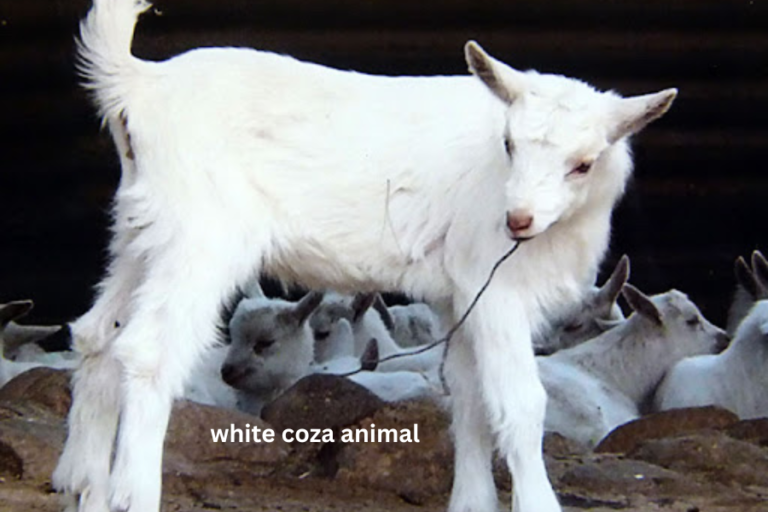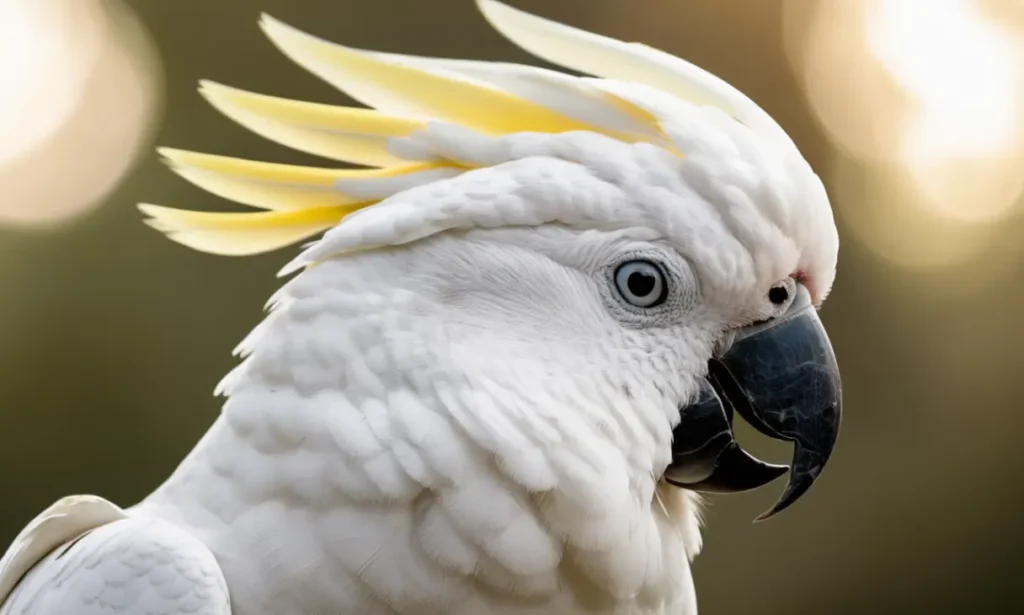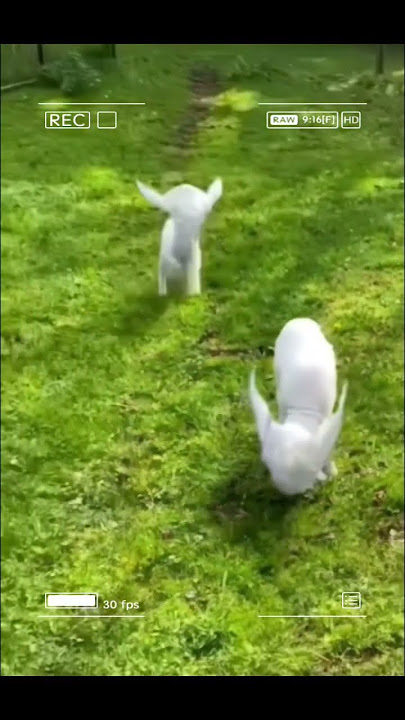Introduction to the White Coza Animal

As it enthrals naturalists and other onlookers, the white Coza animal confirms that nature is breathtaking. The creature stands out for its distinct look, captivating manners, and cultural relevance. If you have a thing for animals or are curious about nature’s beauty, this species would be worth looking into further. Find out what makes the white Coza unique from these five amazing facts!
Where can it be found?
White coyotes can be found mainly in Turkey’s mountains. Their environment consists of rough terrain with thick grasslands suitable for grazing.
These organisms prefer areas with abundant plant life. They usually live on meadows covered by marshy vegetation bounded by rock barriers. In addition to being a food source, this type of habitat shields them from their predators.
White Coza will migrate to lower altitudes during certain seasons. This move enables them to find a better feeding ground that matches the changing temperatures throughout the year.
Additionally, these same habitats exist elsewhere, such as in Greece and Armenia, neighbouring Turkey countries. Such territories provide nearly identical environments necessary for their sustenance and multiplication needs.
The white coyote can be challenging to spot because it is a shy creature that prefers undiscovered parts of nature. People often visit these wildernesses, hoping to glimpse this beautiful animal in its natural surroundings.
Physical Characteristics and Adaptations

The white Coza animal is magnificent. Its soft and woolly coat often seems to shimmer in the sun like something out of this world. This unique colour pattern helps them quickly disappear into their environment, giving them natural protection from enemies.
Adaptation has played a significant role in keeping it alive.
The cosy has solid limbs and an agile body, allowing it to traverse rocky terrain easily. Its hooves are specially designed to grip steep slopes.
Moreover, the white Coza possesses excellent hearing and sharp eyesight. These senses help detect potential threats from afar. When danger looms nearby, they can swiftly dart away or seek refuge in dense vegetation.
In colder climates, their thick fur provides insulation against harsh weather conditions. This adaptation ensures they remain warm during frigid nights while grazing under starry skies. Each aspect of their physical characteristics makes them uniquely suited to thrive in diverse environments.
Cultural Significance

The White coza animal is unique in various cultures, especially among communities near its natural habitat. Traditionally, it is seen as a symbol of purity and strength.
Local folklore in some regions features the White Coza as a guardian spirit. Its majestic presence inspires tales of resilience and bravery passed down through generations. These stories often emphasise harmony between humans and nature.
Additionally, this unique creature has influenced art and literature. Artists have captured its beauty on canvas, while writers incorporate it into poetry to evoke emotions tied to freedom and wilderness.
Rituals involving the White Coza are also held every day during seasonal festivals. Celebrations can include dances or songs that honour the animal’s significance within local traditions.
Such cultural connections reflect a deep respect for biodiversity and highlight how integral wildlife is to human identity across different societies.
Threats and Conservation Efforts White Coza Animal
The white coza animal faces several threats that put its population at risk. Habitat loss is one of the most significant issues. As urban areas expand and agriculture intensifies, natural habitats are being destroyed.
Poaching is another critical problem. The demand for their fur and body parts has led to illegal hunting practices, pushing these animals closer to extinction.
Conservation efforts are underway to protect the white coza animal. Many organizations have initiated projects to preserve its habitat and create awareness about its plight.
Protected areas where these animals can flourish without human interference are established. The engagement of the community also helps to ensure that local communities understand the importance of preserving this particular species.
These programs provide valuable information on population trends and help develop effective strategies to conserve future generations.
Misconceptions about the White Coza Animal
Many people mistakenly believe that the white Coza animal is a domesticated breed. In reality, it is a wild species with unique environmental adaptations.
Another popular misconception is that these animals are strictly herbivorous. While they mainly eat grasses and shrubs, they sometimes eat small insects.
Some assume that all white cougars live in herds. Although social behaviour can vary, solitary living is typical among specific populations, especially males during mating season.
There’s a misconception about their population status. Many think the white Coza animal thrives without any threats; however, habitat loss and hunting pose significant risks to their survival in the wild. Understanding these misconceptions helps promote better conservation efforts for this fascinating creature.
Conclusion
The White coza animal is a remarkable creature that captivates the heart and mind. Its unique characteristics and adaptations make it stand out in the diverse world of wildlife. This animal holds significant importance, from its specific habitats to its role in local cultures.
Despite various threats, conservation efforts are underway to protect this extraordinary species. Understanding the white monkeys can also enable greater identification and appreciation of them.
Learning more about these fantastic creatures enables us to celebrate and save their presence. The white Coza animal should be acknowledged in our rich natural heritage.
FAQs:
Q: Where is the white Coza animal primarily found?
A: The white Coza animal is primarily found in Turkey’s mountainous regions.
Q: What does the white Coza animal eat?
A: The white Coza animal mainly eats grasses and shrubs but may occasionally consume small insects.
Q: How does the white Coza animal adapt to cold climates?
A: The white Coza animal has a thick, woolly coat that provides insulation against cold weather.
Q: Why is the white Coza animal significant in local culture?
A: The white Coza animal is seen as a symbol of purity and strength in local folklore.
Q: What threats does the white Coza animal face?
A: The white Coza animal faces threats like habitat loss and poaching.
